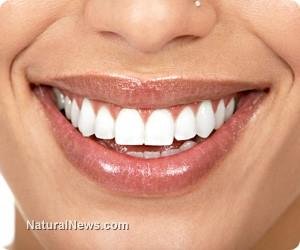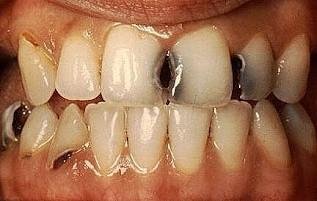
Tooth decay, also known as a dental cavity, is a common dental problem that can cause significant discomfort as well as serious long-term complications if left untreated. Even those who follow a thorough and effective dental hygiene plan can develop cavities. As with most other common dental problems, there are several treatment options available to those with cavities, depending on the extent of decay and the aesthetic goals of the patient.

Cavities are caused by dental caries. Bacterial deposits known as plaque work to break down the hard tissues of the teeth, causing holes or cavities that both compromise the structural integrity of the teeth and cause dental pain, tooth loss, and infection that could spread to other tissues in the body. Dental caries are caused by various strains of bacteria that grow in the mouth, feeding on sugars and other carbohydrates left over from meals and snacks. Today, it is one of the most common disorders affecting both children and adults worldwide; according to the World Health Organization, an estimated 90 percent of children worldwide are affected by tooth decay, making cavity prevention, identification, and treatment one of the most important aspects of paediatric dental care.

There are a variety of tooth decay treatments available from your dentist depending on how far cavities have progressed. In cases of mild to moderate tooth decay, dental fillings can be used to replace lost dental tissue, restoring structural integrity to the tooth and protecting the inner tissues of the tooth from further decay. Today, many dentists offer tooth-colored fillings instead of traditional metal fillings. These new fillings, typically made from porcelain, are safer and longer lasting than metal fillings. Additionally, they are nearly indistinguishable from the natural tooth tissue, preserving the appearance and beauty of your smile.
If a tooth’s size or shape has been compromised, many dentists will restore that tooth using a dental inlay or onlay. These cosmetic restorations are custom-shaped using impressions of the natural tooth for a perfect individual fit, and are designed to support the structure of the tooth in addition to improving the appearance of decayed teeth. In more severe cases, the best option may be to use a full dental crown to replace the entire chewing surface of the tooth. In cases of tooth loss, lifelike dental implants that replace the entire tooth may be the best treatment option to restore function and beauty.

Because it is not possible to regenerate tooth tissue once decay has begun, prevention is the best approach to controlling dental cavities. Good daily oral hygiene is the most efficient and effective approach. Most dentists recommend twice-daily brushing and daily flossing, as these methods together are the best way to remove cavity-causing bacteria from the teeth and gums. Periodic professional cleanings at your dentist’s office are the best way to ensure that even difficult-to-reach areas of the mouth remain clean and bacteria free. Your dentist may also treat your teeth with sealants and/or fluoride, which provide another line of defense to protect you from dental cavities.
Hi! I am a robot. I just upvoted you! I found similar content that readers might be interested in:
https://www.docshop.com/education/dental/problems-solutions/cavities
Downvoting a post can decrease pending rewards and make it less visible. Common reasons:
Submit
This isn't introduce yourself.. you will get flagged for spam on Steemit if you do this: not worth it!
Downvoting a post can decrease pending rewards and make it less visible. Common reasons:
Submit
@kayclarity, yea that's true bro I reason with you, am new here in this community and my thought was that, anything I want to post my tag can be anything, can u put me a little through? Lemme learn fro you please.
Downvoting a post can decrease pending rewards and make it less visible. Common reasons:
Submit
That makes sense if you're new: just only put tags directly relevant to your post. Maybe "health" and things like that? All the best!
Downvoting a post can decrease pending rewards and make it less visible. Common reasons:
Submit
Alright thank, I will take that
Downvoting a post can decrease pending rewards and make it less visible. Common reasons:
Submit